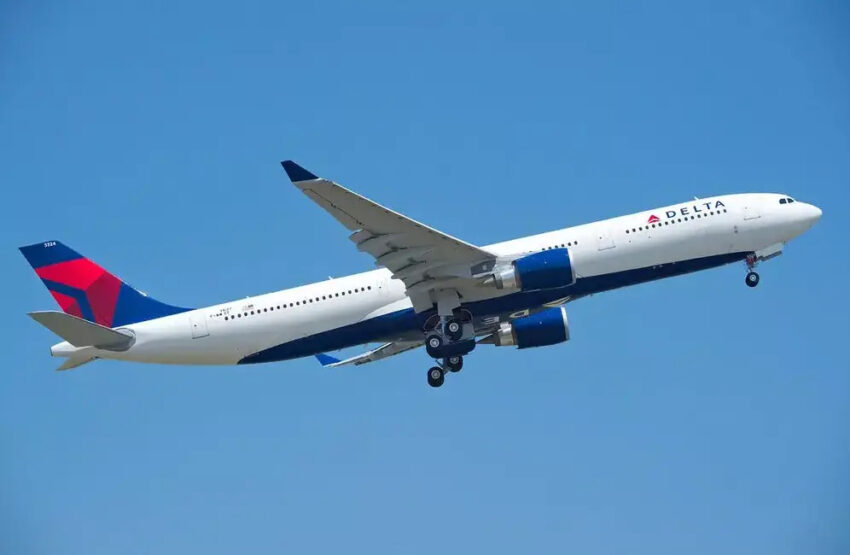Monday, April 15, 2024

Traveling by air can be an exhilarating experience, but it often comes with the less enjoyable sensation of ear discomfort due to changes in cabin pressure. This discomfort is primarily caused by pressure differences between the air inside your ear and the airplane cabin. Fortunately, there are several effective techniques to help pop your ears and alleviate discomfort, ensuring a more comfortable and enjoyable flight.
Understanding Ear Pressure Changes
When a plane ascends or descends, rapid changes in altitude lead to significant variations in air pressure, which can create a vacuum in the Eustachian tubes—small passages connecting your middle ear to the back of your nose and throat. Normally, these tubes open and close as you swallow or yawn to equalize ear pressure, but during rapid altitude changes, they might not react quickly enough.
Preventative Measures Before the Flight
Taking preventative measures can help minimize ear discomfort during your flight:
Stay Hydrated: Drink plenty of water before and during your flight to ensure good hydration, as this helps keep the mucus membranes in your sinuses and Eustachian tubes functioning properly.
Avoid Sleeping During Ascending and Descending:
Try to stay awake during takeoff and landing when the most significant pressure changes occur. Being awake will allow you to actively manage the discomfort through various techniques.
Use Nasal Sprays: If you're susceptible to sinus issues, using a nasal decongestant spray about 30 minutes before takeoff and landing can help keep your Eustachian tubes clear.
Techniques to Relieve Ear Pressure
Swallowing and Yawning:
Swallowing activates the muscles that open your Eustachian tubes. Sucking on candy or chewing gum can help stimulate frequent swallowing. Yawning is also very effective because it is a deeper form of swallowing that more forcefully opens the tubes.
The Valsalva Maneuver:
This technique can be particularly effective but should be used with caution to avoid damaging the ears. Pinch your nostrils shut, take a deep breath in, and then gently blow air out of your nose. If done correctly, you will hear a slight popping sound, indicating the Eustachian tubes have opened.
Toynbee Maneuver:
Similar to the Valsalva, this technique involves pinching your nostrils while swallowing. This can be easier on the ears and just as effective, especially if you find the Valsalva maneuver too forceful.
Using an EarPopper:
An EarPopper is a device that can be particularly useful for people who frequently experience severe ear pressure problems when flying. It helps by blowing a controlled amount of air through the nose to clear the Eustachian tubes.
For Children and Infants
Children and especially infants can become particularly distressed by ear pressure changes as they might not be able to perform the necessary maneuvers to relieve pressure:
Bottles and Pacifiers:
For infants, sucking on a bottle or pacifier during ascent and descent can help alleviate pressure.
Teach Older Children:
Older children can be taught to perform simple swallowing actions with or without candy, or to try gentle forms of the Valsalva maneuver.
When to See a Doctor
If your ears fail to pop or if discomfort persists long after your flight, it might be wise to consult a healthcare provider. Occasionally, fluid can build up in the ear, or an ear infection can develop requiring medical attention.
Popping your ears on a plane doesn’t have to be a painful experience. By understanding the causes of ear pressure changes and using the techniques outlined above, you can significantly reduce discomfort and enjoy your flights much more. Remember to take preventive measures and choose the ear pressure relief method that works best for you to ensure a comfortable air travel experience.
Additional Tips:
Always be gentle when trying to equalize ear pressure to avoid causing any damage. If you frequently travel and struggle with ear discomfort, consider seeing an ENT specialist for more personalized advice or treatment options. Safe travels!
Tags: ear discomfort, flight experience, Flying
Thursday, May 2, 2024
Thursday, May 2, 2024
Wednesday, May 1, 2024
Thursday, May 2, 2024